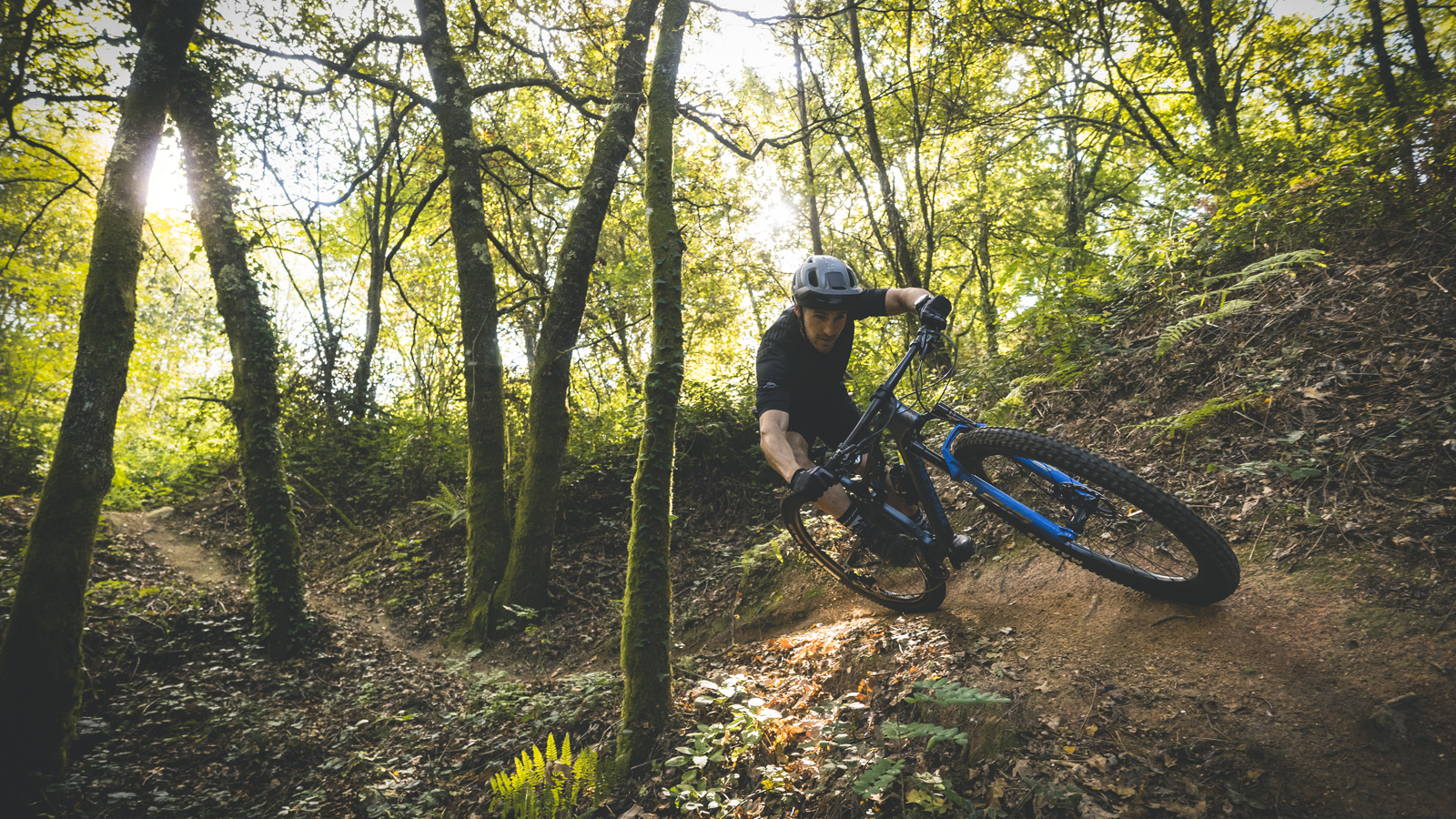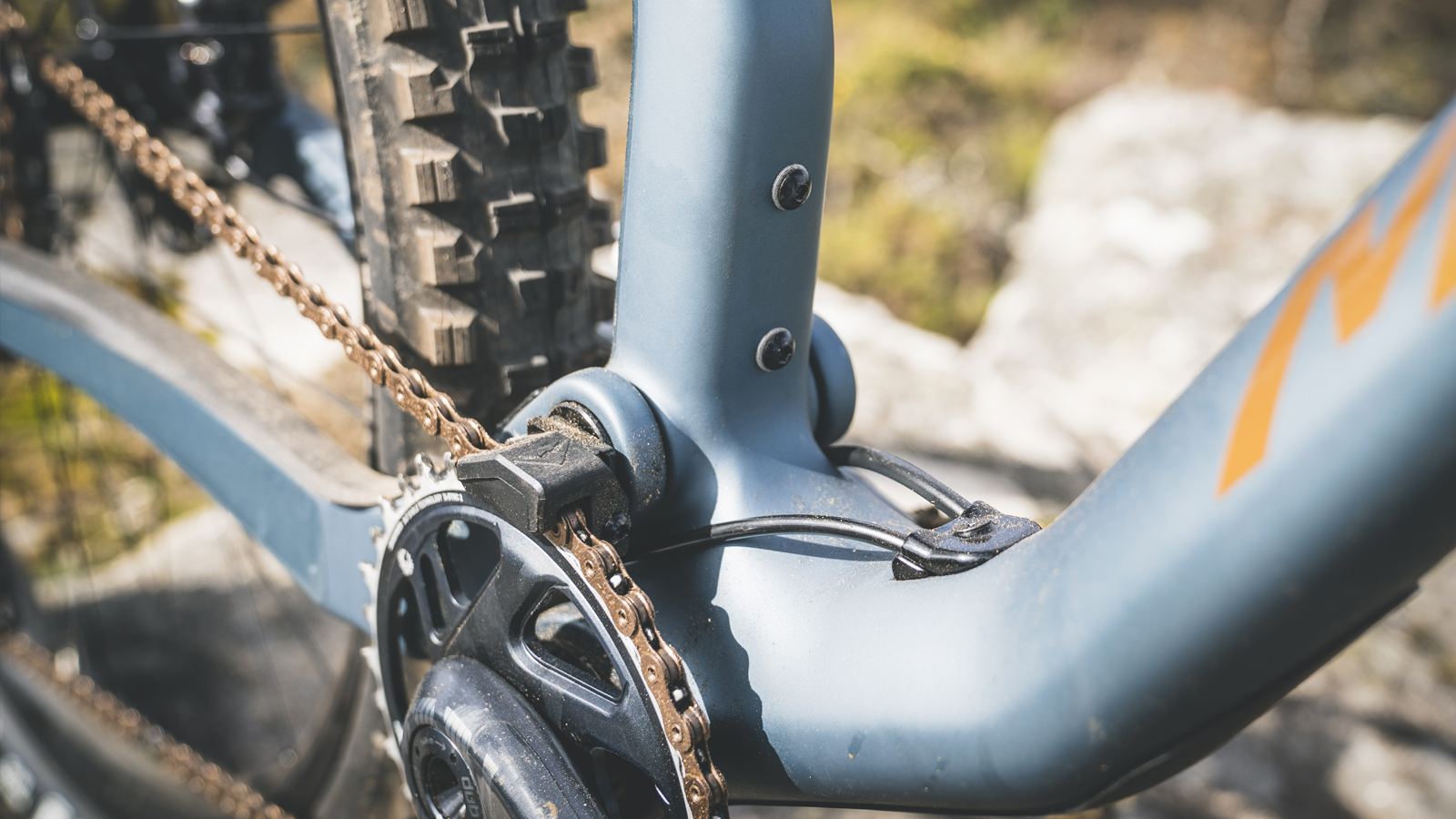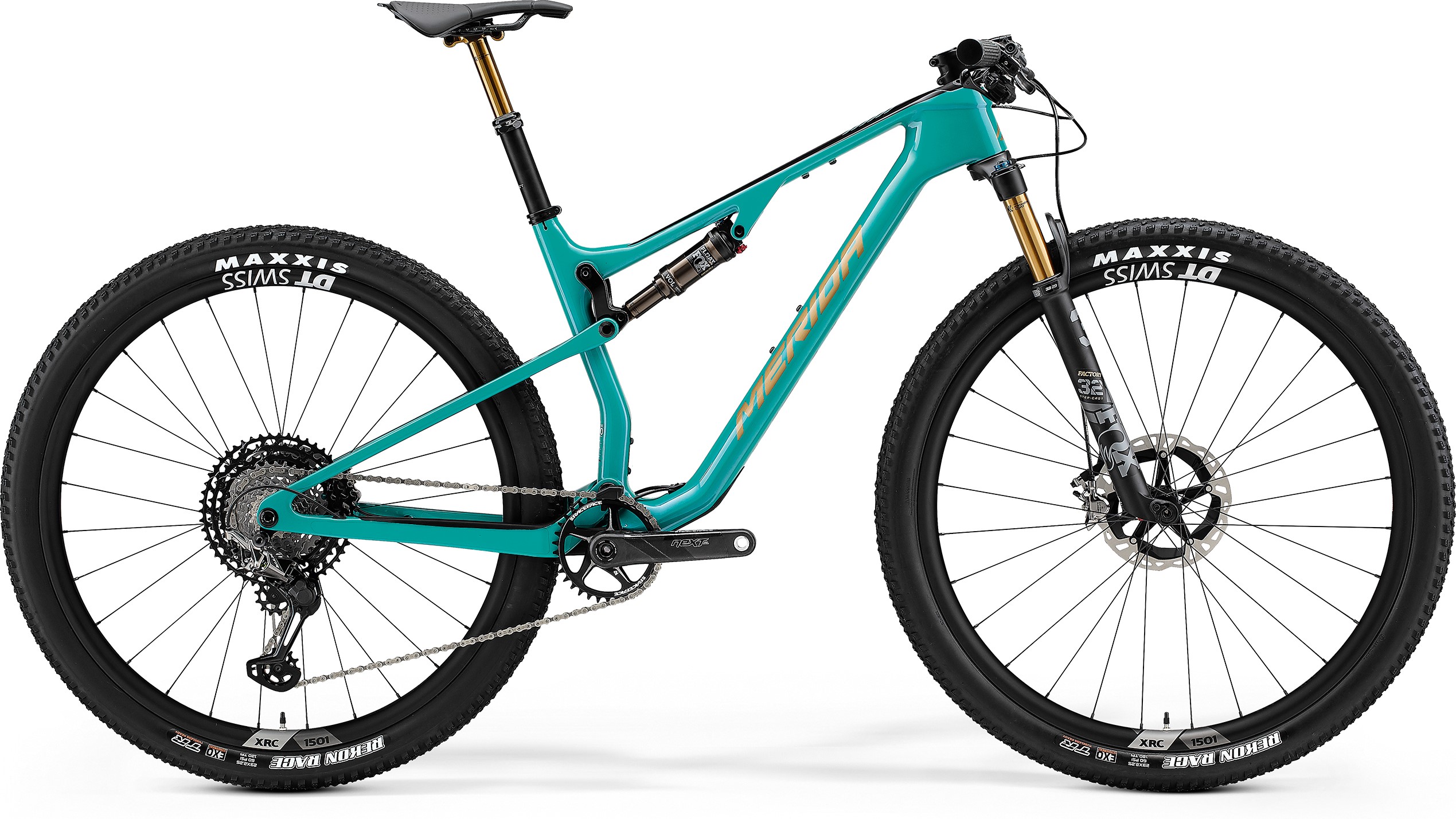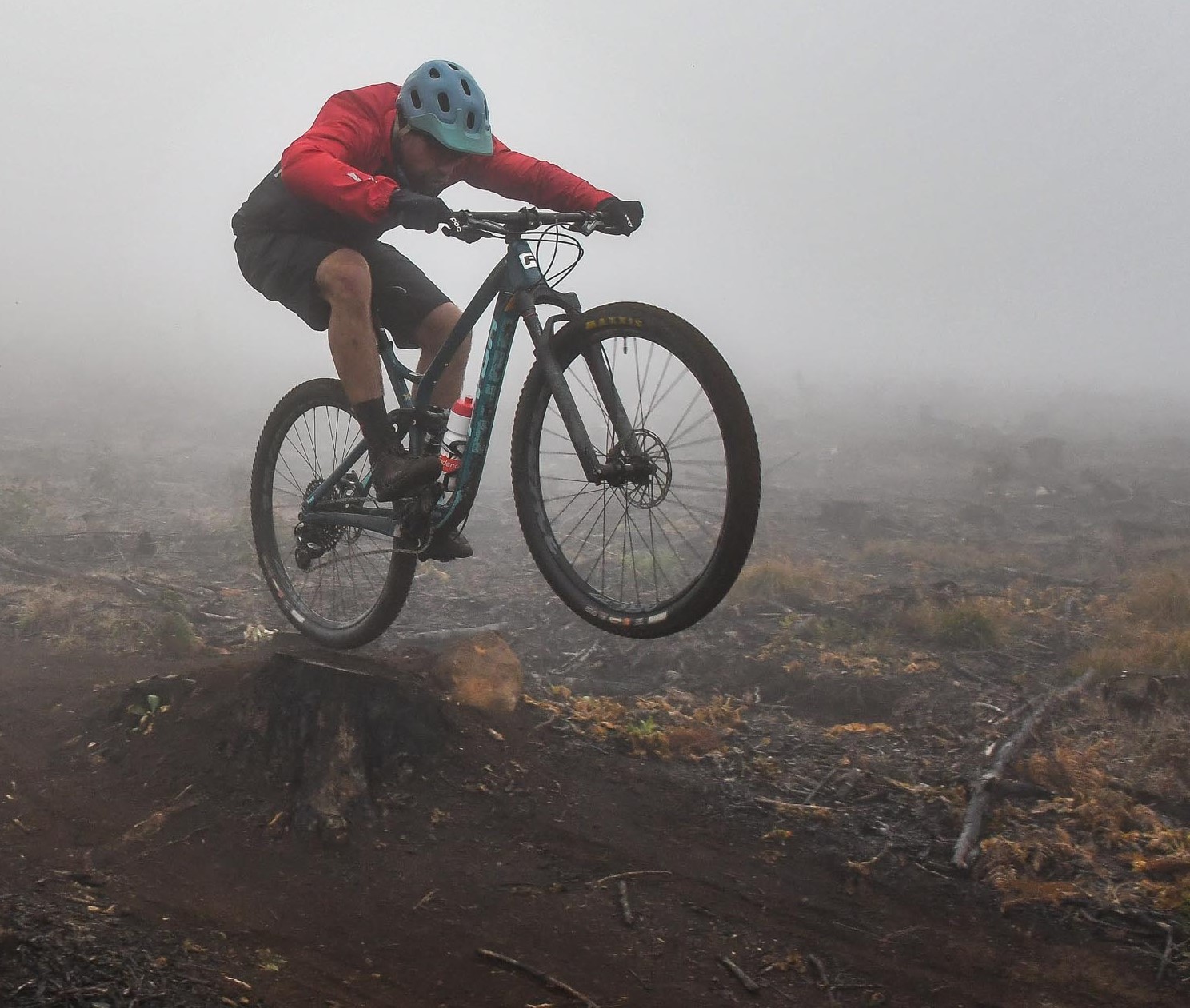Redesigned Merida Ninety-Six gets a downcountry makeover
Merida's popular Ninety-Six XC race bike adds progressive geometry to complement its climbing ability

Merida has revealed the latest iteration of its popular XC dual-suspension racing frame with new geometry and more capability.
Since 2008 the Ninety-Six has been Merida’s best full-suspension mountain bike for those wanting a fast cross-country bike and for the 2021 model year, they have made it a more confident descender.
A redesigned carbon-fiber frameset has more relaxed angles and a slicker overall appearance. The top-tube mounted shock now has a concealed remote actuator, and the rear triangle is a single-piece structure, without a seat- to chainstay pivot.

Significant geometry changes have been applied to the new Ninety-Six. The entire XC segment has finally recognized that slacker head angles are beneficial, and Merida had combined elements of the long and slack geometry theory into its latest mountain bike offering.
The Ninety-Six RC’s head angle is 1.5-degree slacker than before, at 68-degrees. The single non-RC Ninety-Six is equipped with a 120mm fork, tipping the front end to 67.5-degrees.
Merida has also improved the rider position and weight distribution during descents, with the reach on a new Ninety-Six frame in size M being equal to the previous version’s L.
Merida is marketing the Ninety-Six with two carbon-fiber layups: CF4 and CF5, with the latter being 150g lighter.


Improved cable management
Some of the frame’s tidier design features are its ability to house two full-size water bottles in the front triangle, and a trail mount carry cage for a tube/plug kit. The new Ninety-Six also uses flat-mount 160mm rear brakes although the frame only has enough rear clearance for a 2.3in tire.
Ensuring that all the internally routed cables are ported neatly and with perfect tension, Merida designed a custom Wire Port headset. The cable routing doesn’t go below the bottom bracket anymore, preventing potential rock strike cable ripping.
Merida is marketing four derivatives of its redesigned Ninety-Six, three of which are RCs and a single downcountry version. The premium build is an RC 9000, featuring Fox’s Factory 32 SC fork and similar specification Float rear shock, triggered by a custom Merida lockout function. The drivetrain is Shimano’s XTR 1x12 system with matching XTR grade brakes.
This Ninety-Six RC 9000 also comes with a Fox Transfer Factory dropper seatpost and rolls an XRC 1501 specification carbon-fiber wheelset from DT Swiss, shod with 29x2.25in Maxxis Recon Race tires.

The RC 5000 and RC XT use the CF4 carbon and are built using either a SRAM Rockshox or Shimano Fox spec list depending on your preference. Both bikes use Shimano brakes and share much the same Merida finishing kit. The RC XT is £200/$TBC more than the RC 5000 but gets XT brakes rather than SLX and is 520 grams lighter.
The slacker downcountry Ninety-Six 8000 is beefed up with a 120mm RockShox SID, Reynolds TR 309 carbon wheelset and a set of four-pot Shimano XT brakes. It also rolls on chunky 29 x 2.3in Maxxis Minion DHR TR EXO 3C MaxxTerra for added grip and protection on gnarly descents.
Pricing for the RC range starts at £4000/$TBC and is crowned with the top-spec RC 9000 which comes in at £7,300/$TBC. The downcountry Ninety-Six 8000 model will set you back £6,200/$TBC.

Lance Branquinho is a Namibian-born journalist who graduated to mountain biking after injuries curtailed his trail running. He has a weakness for British steel hardtails, especially those which only run a single gear. As well as Bike Perfect, Lance has written for MBR.com, Off-Road.cc and Cycling News.
